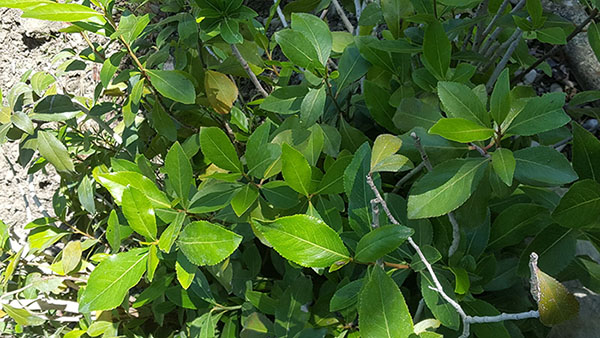
Phenylalkylamines are of natural and synthetic origin. Despite the centuries-old history of the use of narcotic plants, the use of new psychoactive substances is growing every year. The main category of consumers is young people aged 15-25. The popularity of cathinones is associated with the ability to cause certain toxic effects that sharpen the senses and increase emotional freedom.
History and distribution
The first detailed description of the plant Catha edulis dates back to 1775 (Peter Formkal). However, the time of the opening of the kata is considered to be the 13th century, when the Arab healer Naguib ad-Din realized that the leaves help eliminate fatigue in soldiers. It was from them that for the first time it was possible to isolate natural cathinones (norephedrone), which are alkaloids with psychoactive properties.
Kata Leaves
Kata bushes (kath, chat), which have the appearance of a tea bush, have been grown in African countries and Asia since ancient times. These regions still observe the tradition of chewing young shoots of the plant, which in fresh form contain the largest amount of narcotic alkaloids. Among them, the most pronounced effect is in cathinone and catin, which are included in List I of psychotropic substances.
In addition to the ritual chewing of leaves, they are brewed and drunk instead of tea. This method does not provide a strong effect and is practically not addictive. But in the regions of traditional use, there is a pronounced trend towards regular forms of consumption.
Synthetic cathinones
With the help of chemical synthesis, the substance was first isolated in 1978. The pharmaceutical preparations “Koldact ” and” Effect ” contain phenylpropanolamine hydrochloride, from which cathinones are obtained, and antihistamine components. In artisanal conditions, from the same time, they began to be used to create narcotic solutions that have a complex and not fully understood composition.
Psychopharmacological properties
Cathinone-alpha-aminopropiophenone is the main psychoactive component of fresh kata leaves. It is distinguished from phenamine by the presence of a ketone radical (C=O), which somewhat reduces the severity of stimulating and toxic properties. Synthetic analogues are also derivatives of beta-keto-amphetamine.
New psychoactive substances are illegally developed drugs that copy the effects of” classic ” drugs (marijuana, amphetamines). At the same time, they have a completely modified chemical formula, which allows you to bypass the current legal restrictions. In the shadow market, synthetic cathinones combine an extensive group of designer products – “bath salts”, for example, the following:
- MDMA (3,4-methylenedioxypyrovalerone);
methylethcathinone (4-MEC); - mephedrone (4-methylmethcathinone);
- methedrone (4-methoxymethcathinone);
- methylone (3,4-methylenedioxymethcathinone);
They are created in a variety of forms – powders, crystals, capsules, tablets. Street names are specific to each sales region. In European countries, “salts” have such slang designations with the mandatory labeling “not for human consumption”: “meow”,” bubbles”,” 4-MMC”,”NewEcstasy”. In practice, a “pure” product is rarely found, most of them are mixtures of psychoactive compounds.Often they are part of “eskstasy”, in addition to MDMA.
Mechanism of action
The effect of kata leaves, homemade solutions and designer drugs has similar features due to the chemical structure. However, given the completely different complete composition of the final products, it is very difficult to predict the clinical manifestations of a particular remedy. Synthetic cathinones work by inhibiting the reuptake of neurotransmitters, but the selectivity changes as follows:
- Similar to methamphetamine – (meth) cathinone and flephedrone. These compounds selectively inhibit the destruction of norepinephrine and dopamine, while stimulating their release into the synaptic cleft. Indirectly, the release of catecholamines by the adrenal glands increases.
- Like cocaine-MDMA, mephedrone, methylone, naphiron. The warning of dopamine reuptake is 5 times stronger than serotonin.
- The pyrovaleron-like pathway is MDPV. There is a selective inhibition of the reuptake of catecholamines, but the release of monoamines is not stimulated.
Thus, in the global understanding, designer drugs can be attributed to the group of psychostimulants. But at the same time, they have too many differences in the mechanism of action, which allows them to be considered a separate class. Unfortunately, large-scale clinical studies are still not enough for a complete assessment of pharmacodynamics, since every year more and more varieties appear on the market.
Effects
The effect of chewing kata leaves is vaguely similar to the effect of small doses of cocaine or methamphetamine. The psychostimulating activity of synthetic cathinones is considered weaker than that of phenamine and pervitin. The clinic of drug intoxication is characterized by the onset of such effects:
Somatic
Neurological
Personal
- a surge of strength
- dilation of the pupils
- narrowing of small vessels
- inhibition of the digestive tract
- anorexia – lack of appetite
- increased blood pressure and heart rate
- relaxation of the bronchi and skeletal muscles
- sweating
- the “heat”tide
- dry mouth
- insomnia
- flatulence
- headache, nausea-rarely
- general stimulation of nervous activity
- motor restlessness – agitation
- paresthesia
- euphoria
- talkativeness
- an increase in libido in 80%, the rest-a decrease in erection
- orgasmic experiences without sexual contact
- strengthening of psychophysical performance and the level of wakefulness
- the disappearance of the alarm
- increase self-esteem and self-importance in this world
- strengthening empathy and social comfort
- reflection
- altruism
- the state of aesthetic feeling
- aggravation of the current emotional state
- an influx of clear memories
- “heuristic” thinking
Cathinone intoxication can increase smoothly or quickly. Stimulation is always replaced by a stage of oppression. For about 6-12 hours, the consumer experiences manifestations of vegetative dysfunction in the form of a” decline ” of effects, as opposite experiences and self-perceptions develop.
Clinical manifestations from taking “salts” develop after 10-20 minutes with intranasal administration, 15-45 minutes after ingestion and 5-10 minutes with injection. The total time of active action ranges from 0.5 to 4 hours. Toxicity and the spectrum of effects depends on the predisposition of a person, the composition and dose of the substance.
Consequences of use
Natural cathinones rarely cause an overdose and practically do not form an addiction. The danger of artistically produced solutions, such as ephedron, lies in the action of manganese. For several years of abuse, they lead to damage to vital systems in the form of encephalopathy, hepatitis, psychosis, caries, cachexia, polyneuropathy.
New synthetic cathinones in narcology are known for their high potential for addiction formation and severe side effects. The most dangerous thing is that complications can develop even when taking standard doses, not to mention large ones. According to medical centers and intensive care units, the following consequences are most often observed:
- Nervous system: aggression, mental profile perversion, insomnia, headaches, hyperreflexia, acute psychoses, hallucinations, paranoia, panic attacks, brain edema, stroke.
- Cardiovascular system: pain behind the sternum, hypertensive crises, tachycardia, myocarditis, heart attack.
- ENT: nosebleeds.
- Digestive tract: toxic hepatitis, nausea, violation of the evacuation function of the intestines.
- Musculoskeletal system: convulsions, myoclonus, rhabdomyolysis-toxic breakdown of muscle tissue with increased creatinine kinase levels (risk of tubular kidney necrosis).
- Ophthalmological complications: decreased visual acuity, nystagmus.
- Lungs: smoking increases the frequency of inflammatory diseases of the respiratory tract.
- Excretory system: acute renal failure.

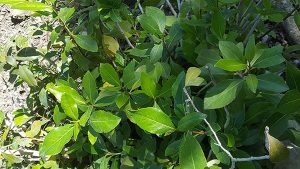
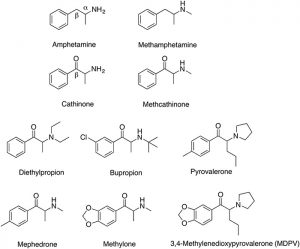
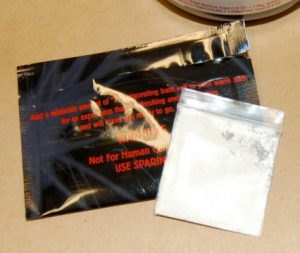
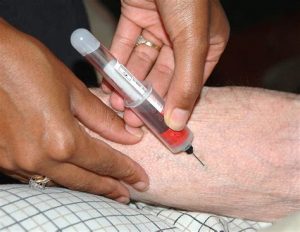
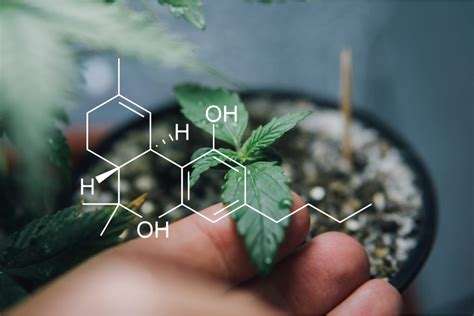 Cannabinoids
Cannabinoids 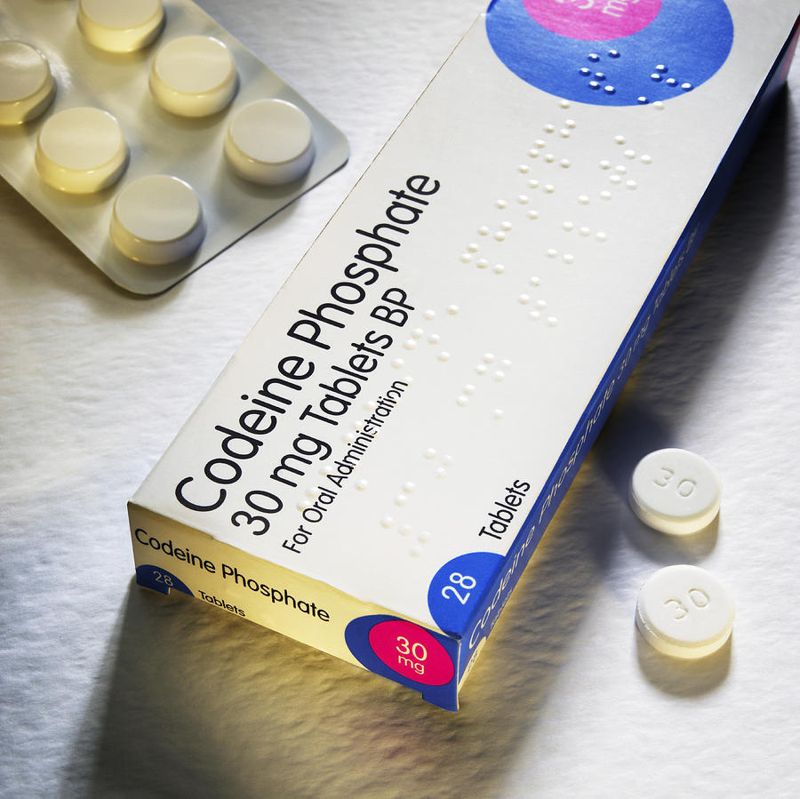 Codeine, Dihydrocodeine
Codeine, Dihydrocodeine 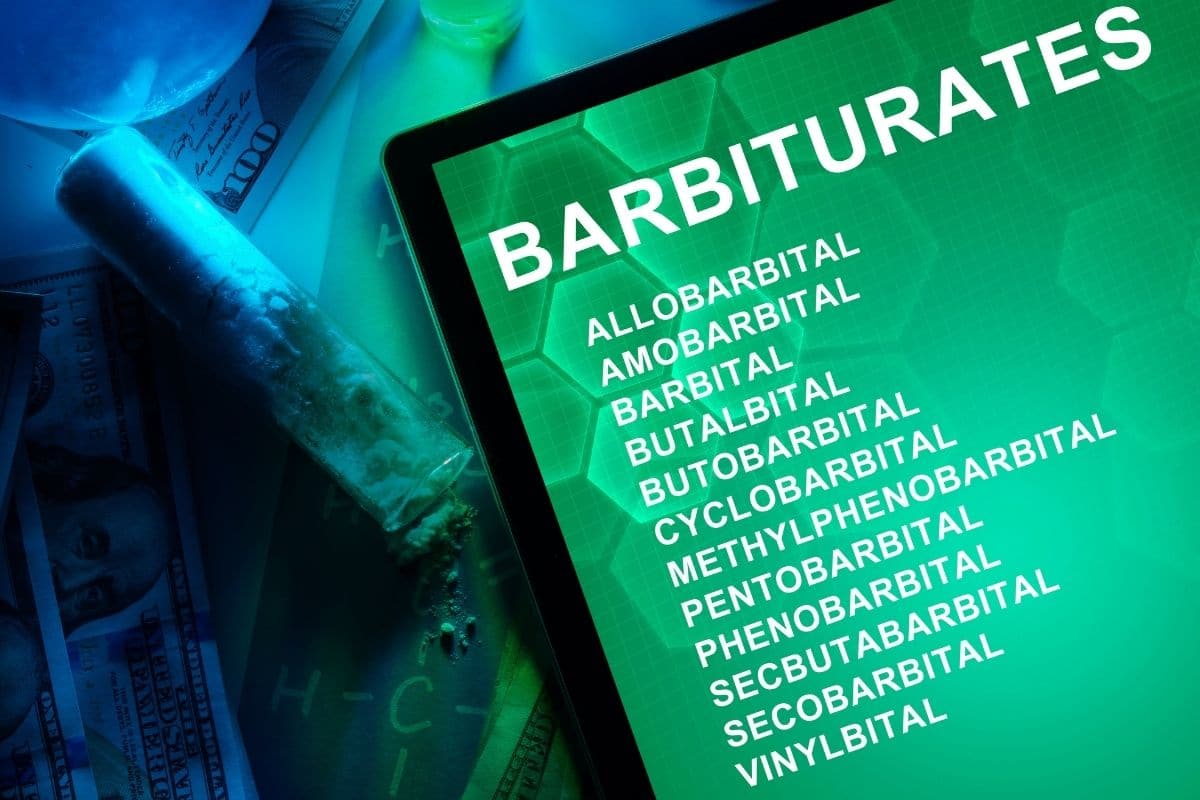 Barbiturates
Barbiturates  Opium antagonists
Opium antagonists 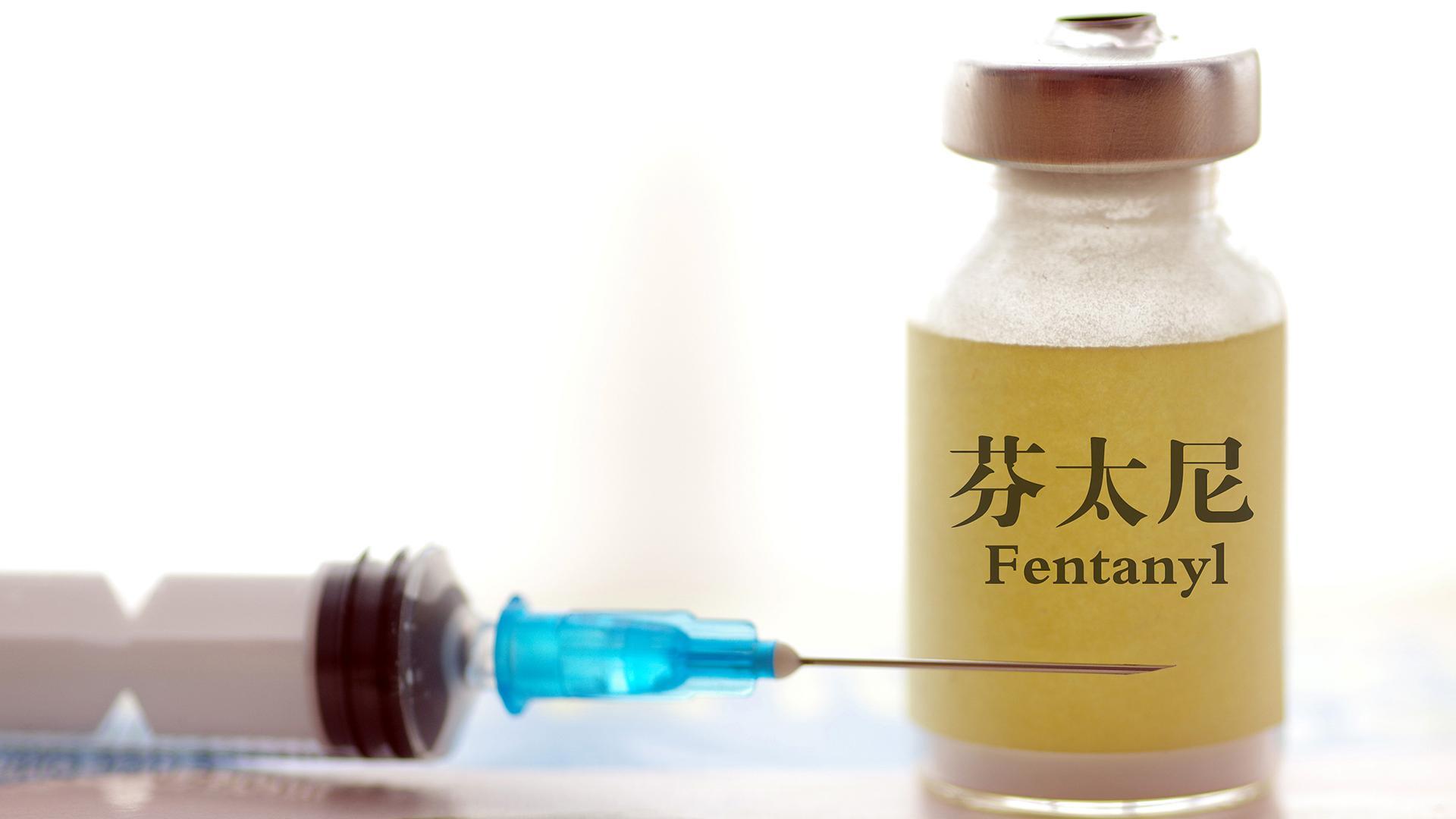 Fentanyl
Fentanyl 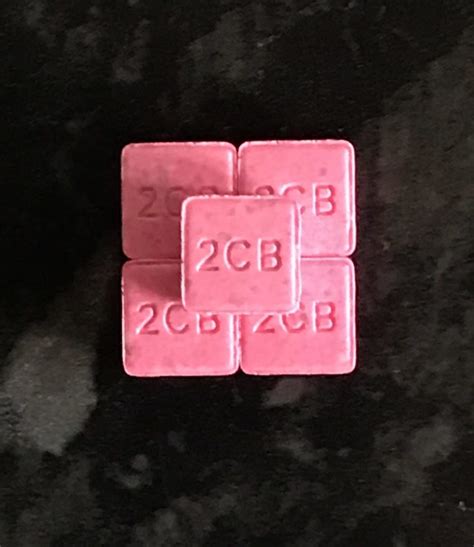 2C-B
2C-B 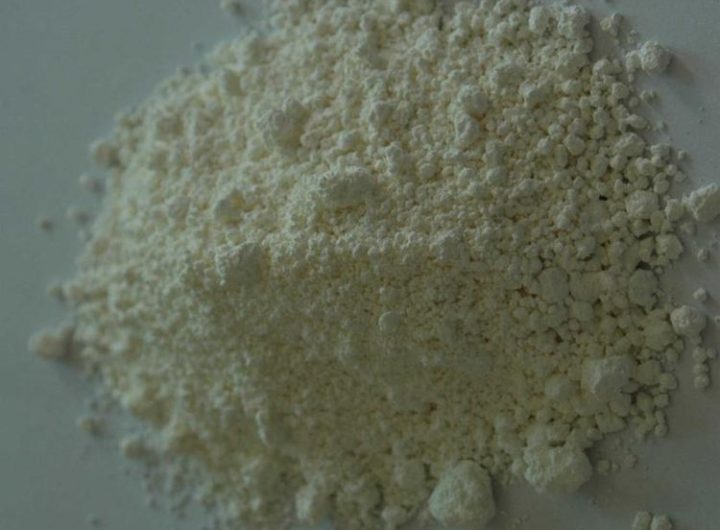 PiPTapentadol
PiPTapentadol  Methoxptamine (MXP)
Methoxptamine (MXP)  Nortilidine
Nortilidine 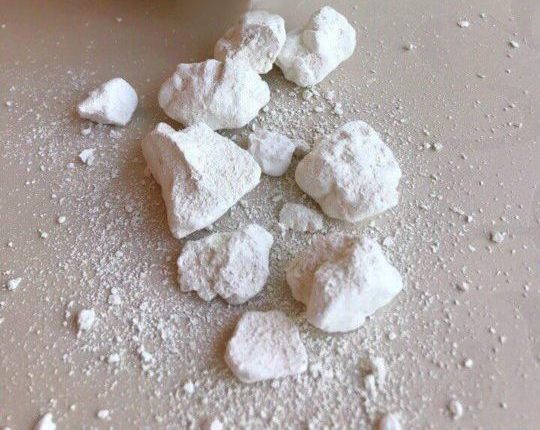 2-Me-PiHP
2-Me-PiHP